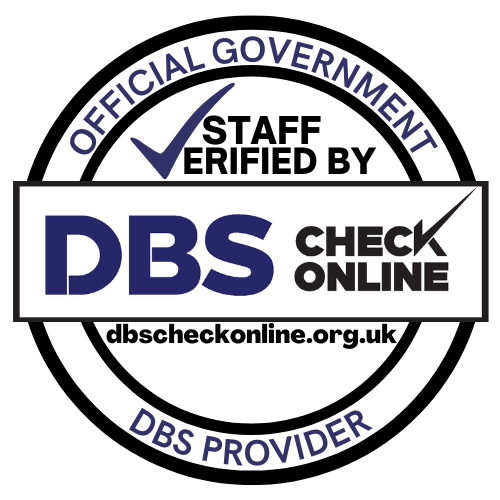Is It Worth Upgrading from Standard WiFi to WiFi 6?
Yes, upgrading to WiFi 6 is worth it for most businesses – especially if you’re dealing with slow speeds, connection drops, or planning to expand your team. WiFi 6 delivers up to 40% faster speeds, handles more devices without performance drops, and uses less power. For businesses running on older WiFi 4 or 5 networks, the performance jump is significant.
But whether it makes financial sense depends on your current setup, business needs, and growth plans. Let’s break down exactly when WiFi 6 pays for itself, and when it doesn’t.

What Makes WiFi 6 Different?
WiFi 6 isn’t just a speed upgrade. It’s a complete overhaul of how wireless networks handle traffic.
Key improvements include:
The biggest difference? WiFi 6 doesn’t slow down when more people connect. Where older networks struggle with 20+ devices, WiFi 6 maintains performance with 100+ connections.
When Upgrading to WiFi 6 Makes Sense
You’re Experiencing Network Congestion
If your WiFi slows to a crawl during busy periods, WiFi 6 solves this. We’ve seen offices where video calls drop every afternoon when everyone’s online. WiFi 6’s improved traffic management keeps performance steady regardless of user count.
Experiencing similar issues? A quick WiFi assessment can pinpoint whether congestion or coverage gaps are causing your problems.
Your Business Is Growing
Planning to hire more staff? Adding IoT devices? WiFi 6 future-proofs your network. It’s cheaper to upgrade once than patch problems as you scale.
You Rely on Bandwidth-Heavy Applications
Video conferencing, cloud backups, and file sharing all benefit from WiFi 6’s speed and stability. Healthcare facilities streaming patient data or logistics companies tracking inventory see immediate improvements.
Your Current Equipment Is 5+ Years Old
WiFi 4 and early WiFi 5 hardware lacks the capacity for modern business needs. If you’re running equipment from 2018 or earlier, the performance gap is substantial.
Not sure what equipment you’re currently running? Our network audit service includes a complete inventory of your existing infrastructure and compatibility assessment.
When to Wait on WiFi 6
Your Current Network Meets All Needs
If your WiFi handles current demands without issues, and you’re not planning major changes, upgrading isn’t urgent. Focus the budget on other priorities.
Limited Compatible Devices
WiFi 6’s full benefits require compatible devices. If most of your equipment is older, you won’t see maximum improvement immediately.
Tight Budget Constraints
WiFi 6 equipment costs 20-30% more than WiFi 5. If the budget is tight, ensuring good coverage with quality WiFi 5 equipment often delivers better value than partial WiFi 6 deployment.
Real-World Performance Differences
Speed tests show:
Curious about the specific improvements your business might see? We can model performance gains based on your current usage patterns and growth plans.
WiFi 6 vs WiFi 6E: What’s the Difference?
WiFi 6E adds access to the 6GHz band, providing more spectrum and less congestion. It’s ideal for:
WiFi 6E costs more but offers the best long-term value for demanding environments.
Upgrade Costs and ROI
Typical costs:
ROI factors:
Most businesses see ROI within 18-24 months through improved efficiency and reduced IT support needs.
Planning your WiFi 6 upgrade
Assess your current network
Start with a WiFi audit. Map coverage, identify dead zones, and measure current performance during peak usage. This baseline helps determine upgrade scope and expected improvements.
Want to understand your current network performance? Our free site survey provides detailed coverage maps and identifies specific areas where WiFi 6 would deliver the biggest impact.
Consider device compatibility
Check how many devices support WiFi 6. While backwards compatibility means everything will work, older devices won’t see full benefits immediately.
Plan for growth
Size your network for 2-3 years ahead. It’s more cost-effective to install adequate capacity upfront than expand later.
Professional installation matters
WiFi 6’s advanced features require proper configuration. Poor placement or setup negates the technology’s benefits. Professional installation ensures optimal performance and coverage.
Common WiFi 6 upgrade mistakes
Avoiding these pitfalls requires proper planning and professional guidance. If you’d like a second opinion on your WiFi upgrade strategy, our consultation service helps you navigate the technical decisions without the sales pressure.
FAQs
About Nortech Network Services
At Nortech, we are an independent IT infrastructure company with offices in Northampton and Milton Keynes. Since 2000, we’ve helped businesses across the UK get connected, stay secure, and work smarter.
From cabling and wireless to AV, security, and IT support, we handle the lot. Our engineers know their stuff, and because we’re vendor-neutral, you get advice that’s honest and cost-effective.
If your systems are slow, outdated or holding your business back, give us a call. We’ll help you sort it out without the jargon or drama.


